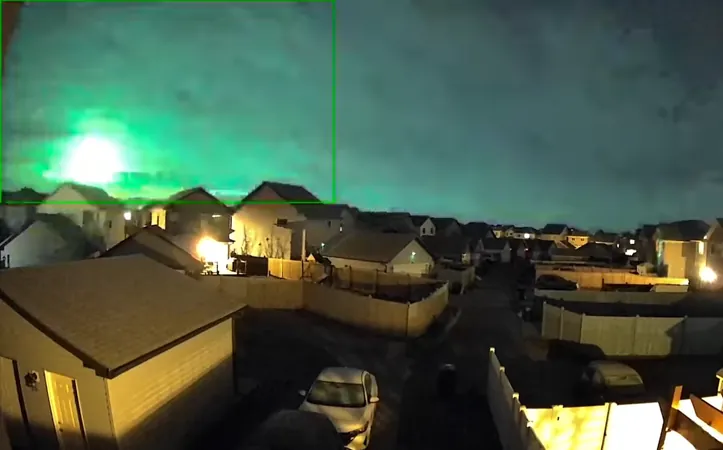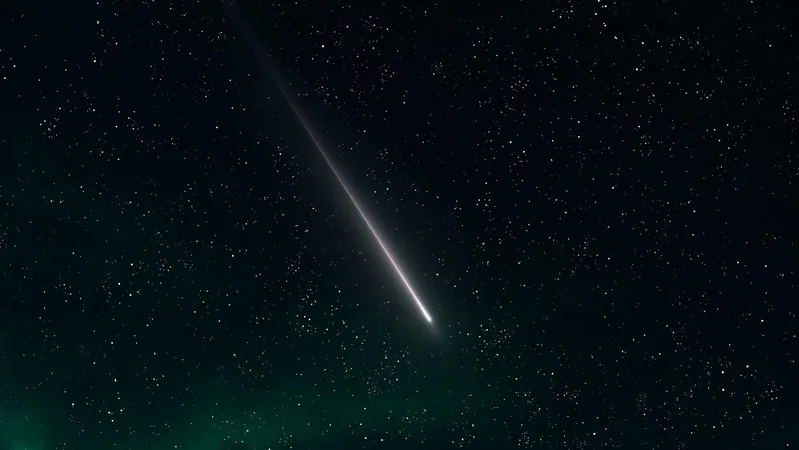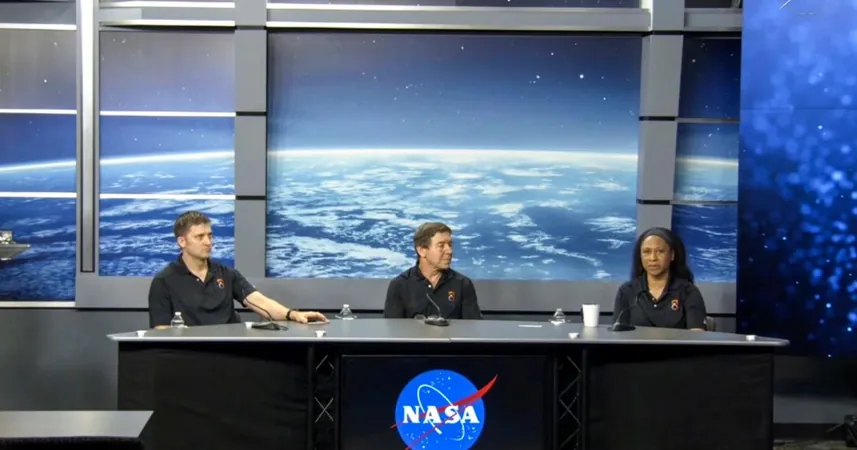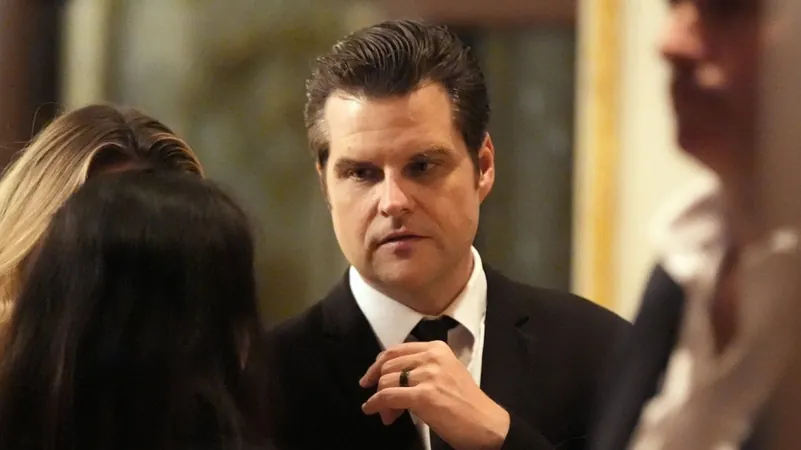
Unlocking the Secrets of the Universe: How Webb's Engineers Keep Its Mirrors Aligned!
2024-11-11
Author: Michael
NASA's James Webb Space Telescope (JWST) stands as the most advanced and powerful telescope ever launched into the cosmos. It boasts a colossal 21.6-foot (6.5-meter) mirror, made up of 18 intricately aligned hexagonal segments that function seamlessly as one large reflective surface.
The meticulous task of aligning these mirror segments is an ongoing challenge handled by an expert team of engineers and optical scientists. Dr. Marcio B. Meléndez, the principal astronomical optics scientist at the Space Telescope Science Institute, leads a wavefront sensing team that meticulously monitors and maintains Webb's mirrors, ensuring they remain optimized for groundbreaking astronomical observations.
Following Webb's successful launch in December 2021, engineers devoted nearly three months to align the telescope’s mirrors, starting from their initial unfocused state. With constant changes in temperature and the complex dynamics of space travel causing potential misalignments—a condition referred to as “tilt”—Webb requires an ongoing maintenance program to ensure its optical performance.
Dr. Meléndez highlights the importance of this maintenance: "Though we achieved precise alignment in early 2022, stability is vital. Routine assessments of the telescope’s integrated system are essential to maintain its accuracy and function." The wavefront sensing team conducts alignments from Webb's Mission Operations Center in Baltimore, utilizing sophisticated optical equipment embedded within the Near Infrared Camera instrument (NIRCam).
Every two days, specialized observations are made to assess wavefront errors, and a process called phase retrieval allows scientists to discern alignment issues with incredible precision. These daily monitoring sessions are crucial; they incorporate defocused star images which contain key metrics for verifying optical alignment.
In addition to regular assessments, Webb captures 'selfies' of its mirrors quarterly using a unique pupil imaging lens. These images help experts gauge the health of the mirrors. During science operations, the team also analyzes 'jitter'—or pointing stability—which has exceeded expectations, remaining six times better than design specifications. The Fine Guidance Sensor plays a pivotal role in this stability, commanding a finely tuned mirror to seamlessly lock onto distant targets with bloodhound-like accuracy.
Remarkably, the JWST's current wavefront error is approximately 65 nanometers, far surpassing its original design requirement of 150 nanometers, highlighting the telescope's exceptional performance. The intricate process of realigning the mirror segments allows for six different types of movements, ensuring the system can adapt to any slight shifts caused by temperature changes or structural stresses during its mission.
One intriguing aspect of the maintenance program is that the telescope has required fewer corrections than initially predicted, offering valuable insights for future missions. This greater stability means more time dedicated to conducting scientific observations, an advancement that could significantly benefit NASA’s upcoming missions, particularly the Habitable Worlds Observatory, aimed at uncovering signs of life on Earth-sized exoplanets.
As scientists and engineers continue to fine-tune the James Webb Space Telescope during its mission, its discoveries are set to reshape our understanding of the universe, revealing cosmic mysteries that have long remained hidden from humanity's gaze. The concerted efforts to maintain Webb's optical performance underscore a major leap in astronomical capabilities and explore the vast frontier of our universe, one star at a time!









 Brasil (PT)
Brasil (PT)
 Canada (EN)
Canada (EN)
 Chile (ES)
Chile (ES)
 España (ES)
España (ES)
 France (FR)
France (FR)
 Hong Kong (EN)
Hong Kong (EN)
 Italia (IT)
Italia (IT)
 日本 (JA)
日本 (JA)
 Magyarország (HU)
Magyarország (HU)
 Norge (NO)
Norge (NO)
 Polska (PL)
Polska (PL)
 Schweiz (DE)
Schweiz (DE)
 Singapore (EN)
Singapore (EN)
 Sverige (SV)
Sverige (SV)
 Suomi (FI)
Suomi (FI)
 Türkiye (TR)
Türkiye (TR)